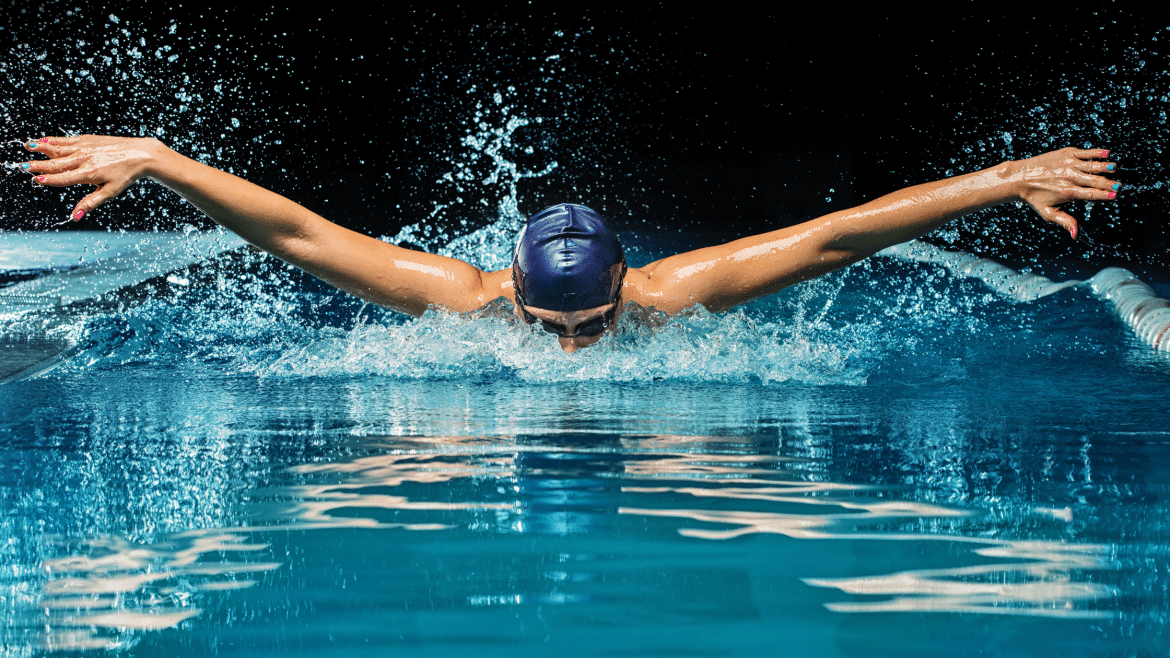 Aug
25
Aug
25
Swimwear Essentials for Triathletes: Finding the Right Fit and Fabric
- 25 August 2024
- 0 Comment(s)
Taking on a triathlon is no easy task. It is only possible if one is mentally strong, physically fit, and has the right equipment. Some of the essentials that you must carry regularly include your swimwear essentials.
Swimsuits not only help in the way you look but are also vital in determining how efficient you will be out there. A well-fitting suit is comfortable. It resists water and allows for the best swimming. This guide will help you find the fit and fabric for your triathlon swimwear. It should let you focus on the swimming stage.
The Role of Swimwear Essentials in Triathlon Performance
Swimwear worn during a triathlon greatly determines the performance of a triathlete. It deals with your hydrodynamics – the way you glide through the water and your speed and energy expenditure are connected. The less drag caused by the swimwear you use, the more your speed will be when swimming without much energy.
Moreover, swimwear that is comfortable, flexible, and compressive will help. It will boost circulation and improve muscle performance in the race. So, choosing the right swimsuit is vital for a triathlete’s preparation for the event.
Finding the Right Fit: What to Look For?
The Importance of a Sheath Yet Comfortable Fit
Swimwear essentials for triathletes should be loose but not tight. It must not hinder your movement. This minimizes drag and keeps the suit from shifting in the water. It may be uncomfortable for a slow swimmer if it does.
However, as a matter of importance, it ought to be slim to the point that it does not irritate or hamper your motions. Comfortable means you can forget about your clothes interfering with your performance in the water.
Considering Body Shape and Swimwear Design
There is no such thing as ‘one size fits all’ when it comes to the human body and thus swimming clothing. Swimwear companies have developed different swimwear designs; choose one that suits your body shape.
For instance, some suits provide extra protection and support in areas that may perhaps require it, say the bust or the hips. One should find a design that slightly boosts one’s looks. It should enhance one’s bust without blemish. At the same time, it must provide the best support.
Adjustable Features for a Customized Fit
It has been demonstrated that factors such as the ability to adjust the item are straps, strings, and fringes on the swimwear. These enable you to make the fitting on the body such that the suit remains in place when you are swimming.
For example, one model has padded, adjustable straps. They help get the right fit, especially for long swims. So, looking for adjustable features can help greatly in finding the right fit.
Test Before You Race: The Final Fit Check
Swimming clothing should also be tried in a training session before the race event. This last fitting check shows how comfortable the suit is. It checks for rubbing or roughness and how it performs in the water.
Testing also enables you to make required changes so that when you are facing the real race challenge, you are not tossed around.
Choosing the Right Fabric: What Matters Most?
Balancing Durability and Comfort in Swimwear Fabric
Triathlons require swimming in various conditions. These include chlorinated pools and natural waters. They were designed for swimwear because the fabric used has to be strong to endure frequent contact with these factors. It should not be bulky. It should sit against your skin without causing rashes, itching, or breakouts.
The Role of Stretchability in Performance
Lateral movement is crucial in water. So, one needs a fabric with good stretch to avoid being restricted in motion. Lycra and other elastic materials the suits are made from allow one’s movements unrestricted as one swims without any tightness. Choose swimwear made of Spandex or Lycra. They stretch and hold the suit’s shape.
Chlorine Resistance: A Must-Have Feature
In the instance where you train in water that is chlorinated, then it will be important to use a fabric that is chlorine-resistant. Chlorine causes fabrics to deteriorate gradually, and this causes sagging, fading, and even loss of elasticity. Some polyester fabrics are chlorine-resistant. They protect your swimwear from chlorine and make it last a long time.
Quick-Drying Fabrics for Convenience and Comfort
Once you are out of the water, you do not wish to be dragged with a wet swimsuit. Quick-drying fabrics absorb sweat and dry speedily. They help you during the switch between triathlon levels. This feature is important in colder and windy regions.
The Bottom Line
Among all the aspects of preparing for the triathlon, one needs to be quite cautious about swimwear. This blog has shown that we must decide on style, cloth quality, and utility. We must prioritize fit to create a suit that is stylish, ergonomic, and comfortable, as well as high-performing.
Just bear in mind that your swimwear essentials will be the investment that will give you the results you want on race day. You should look out for high-quality brands like TD Sportswear.
